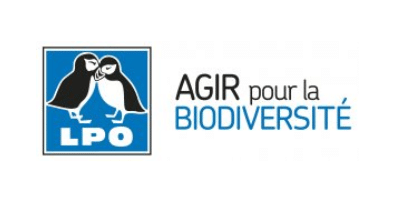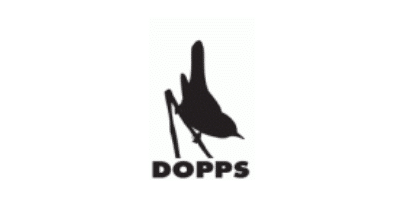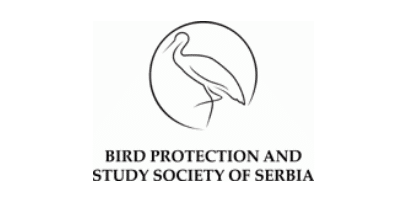Local Community helps to develop Montenegro’s second Marine Protected Area
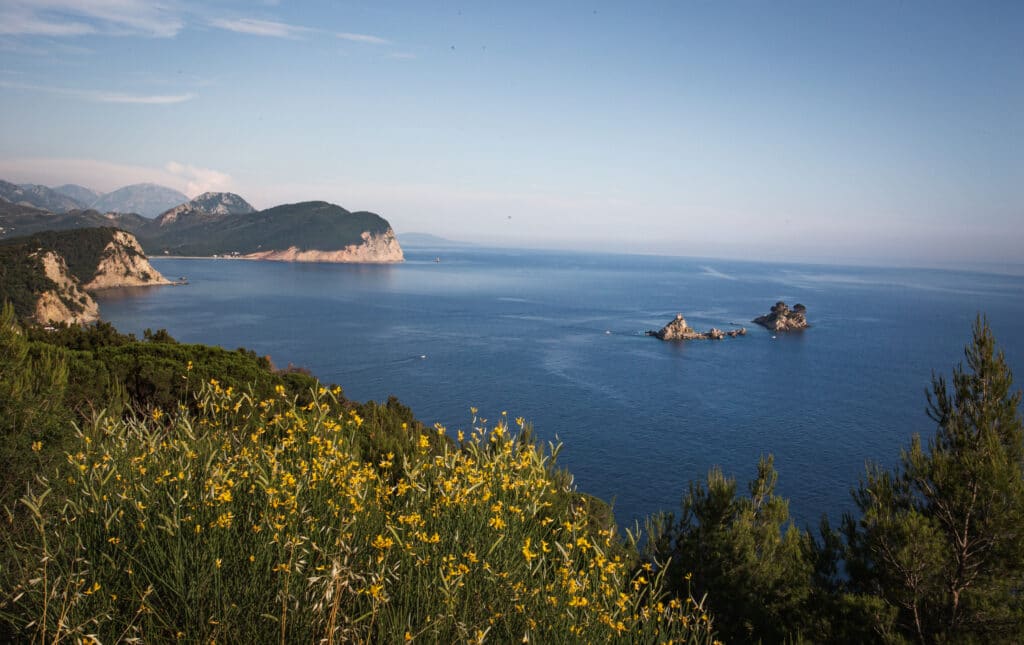
Conserving marine life requires the cooperation of all related stakeholders. Discover how Green Home, CEPF Med grantee, helped local communities in the Katic area to support the declaration of the second Marine Protected Area in Montenegro.
By Enas Sarahneh
Header image: Katic Marine Portected Area © Mihailo Jovičević
In the Adriatic Sea, opposite the coastal town of Petrovac in the Montenegrin municipality of Budva, is located the stunning Katič islet. Although it consists of several rocky formations dominated by conifers, Katič provides habitat for a wide range of biodiversity, including (but not limited to) seagrass beds, rocky reefs and marine caves.
Meadows of seagrass Posidonia oceanica, sometimes called the “lungs of the Mediterranean Sea,” are a crucial habitat of great importance to many organisms. They provide the ideal nurturing ground for the offspring of many species, increase food availability, and act as safe havens from predators, which makes them a key factor in the production of fish stocks.
Posidonia oceanica take 350 years to develop a clone with a radius of 15 metres. Being such slow-growing organisms makes them excellent biological indicators that reflect the conditions of their environment. Moreover, Posidonia meadows are on the list of priority habitats according to the European Habitats Directive.
Despite this, these precious and vulnerable ecosystems have been suffering from growing pressure due to human activities. Increased urbanization, shoreline construction, illegal fishing practices, and tourism have led to rapid degradation of natural habitats, resulting in progressive decline of the fishing harvest.
To conserve these vulnerable ecosystems without neglecting socioeconomic development, serious action must be taken at the community level. To this end, BirdLife – through our role as Regional Implementation Team for the Mediterranean Hotspot of the Critical Ecosystem Partnership Fund (CEPF) – supported local conservation organisation Green Home to engage communities in the management of natural resources in the Katič area, and support the creation of second Marine Protected Area in Montenegro.
Green Home believes that protecting the rich marine biodiversity of Montenegro is a key requirement for the sustainable development of the country. Furthermore, meeting European standards related to environmental preservation issues is essential for the country’s pending integration into the European Union. To fulfil this, Green Home partnered with the Mediterranean Center for Environmental Monitoring (MedCEM), who had worked in the Katič area for years, and the Montenegrin Ecologist Society to build the capacities of local actors and raise community awareness about the concept of Marine Protected Areas and their importance in sustaining marine life.
Announcing a Marine Protected Area requires creating a balance between socioeconomic development and environmental protection. This may entail banning fishing at specific times of year in specific zones of the Katič area to give marine life the chance to grow. Convincing fishermen to place limits on their main income source was challenging. Therefore, Green Home and their partners intensified efforts to raise local awareness of the benefits of marine conservation, wise management, and fishing ban in the long term, especially on fish stocks. Soon, fishermen could see the advantages of this course of action.
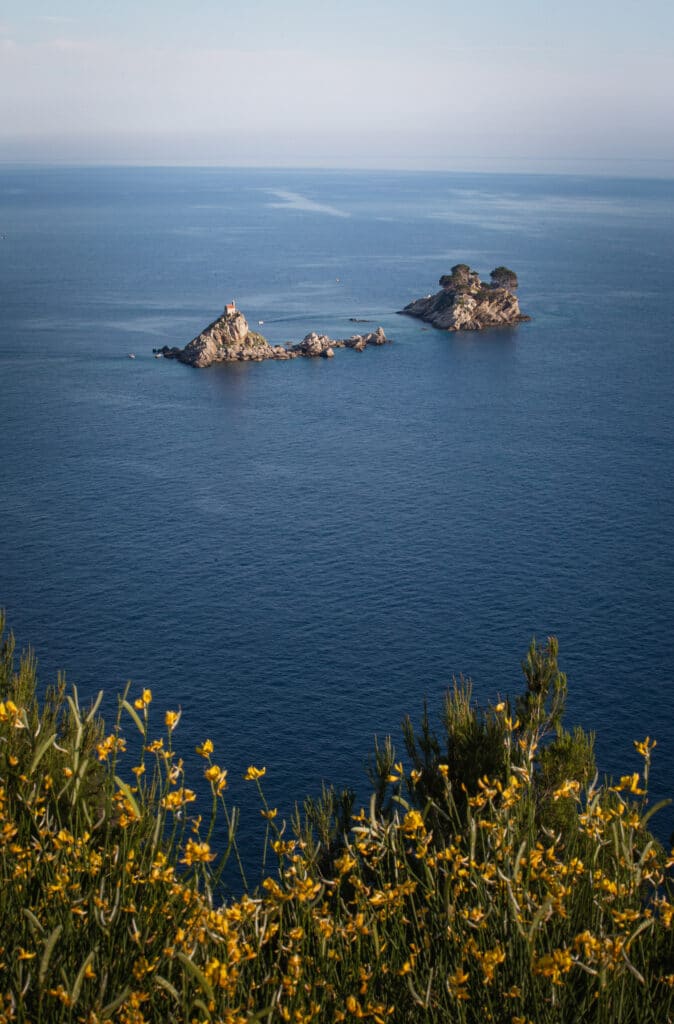
“We should establish a new Marine Protected Area, as it is the way to save fish stocks and protect habitats.”
Žarko Mihaljević, a fisherman from Katič area
They also had to find alternative, eco-friendly income sources to support fishermen outside the fishing season. Since the Katič area is rich in biodiversity and a habitat for many birds, ecotourism was the best alternative solution. Therefore, local stakeholders including tourism operators, fishermen, and staff of the Natural Park of Montenegro and the local municipality, were trained in birdwatching tourism activities. In addition, MedCEM used their experience of promoting snorkelling to help local people develop activities for tourists to enjoy the underwater life in this wonderful place.
To ensure sustainability beyond the project timeframe, Green Home supported fishermen in establishing an association to organize their work. The Association of Professional Fishermen in Katič, which consists of eight members, will support and conserve marine life and manage fishing and tourism activities around the year. Doing so resulted in the formation of a strong relationship between the project team and the local community.
The success of empowering the local community opened the door for further cooperation opportunities. Green Home and their partners trained local communities on how to network directly with different NGOs and funding agencies, even outside Montenegro. Hopefully, this will pave the road for the Fishermen Association to receive funds to implement activities other than fishing.
Meanwhile, the Government of Montenegro considers the protection of marine biodiversity a priority, as it has been defined in the National Biodiversity Strategy with Action Plan and the National Sustainable Development Strategy. They therefore planned to establish three Marine Protected Areas along the Montenegrin coast, of which Katič area was one of the proposed sites. “We were lucky to implement this project at this time,” says Andrija Krivokapic, the project coordinator for Green Home. “The governmental work had enriched our database for different species in the Katič area.”
Due to the strong relationship between the project team and local community in Katič, Green Home and their partners led the negotiations around the Marine Protected Area’s boundaries and conservation plan. Through a public debate, the government shared the proposed zones and presented the management plan to the local community. At the beginning, fishermen refused the boundaries of Marine Protected Area zones since they would affect their livelihoods negatively. After negotiations, the government of Montenegro agreed to modify the boundaries to align with the fishermen’s needs.
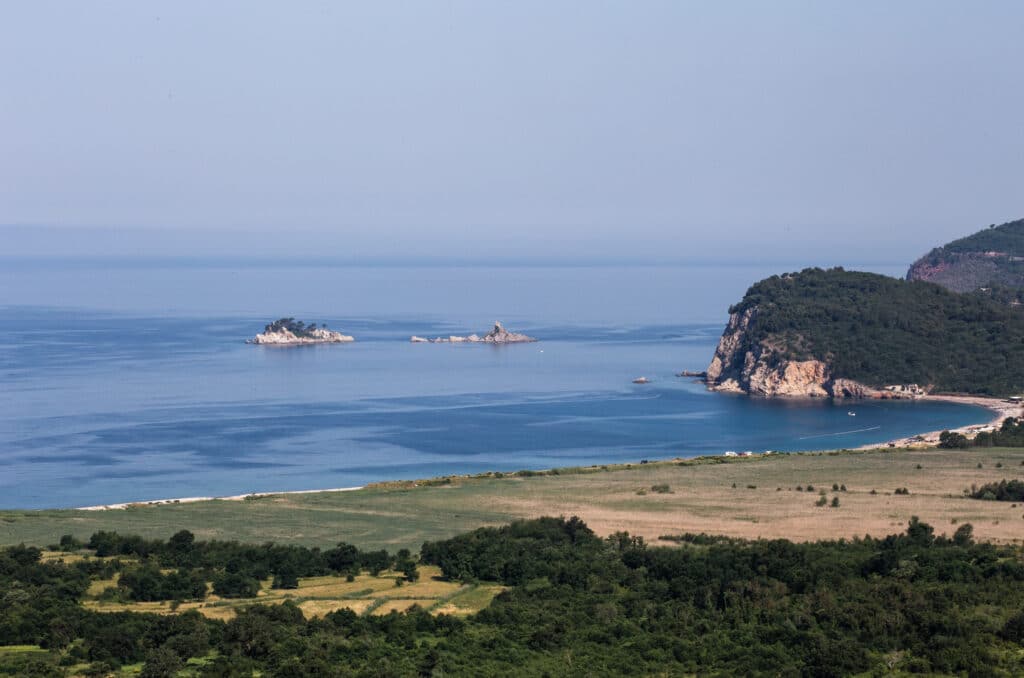
Engaging local people in establishing the Marine Protected Area was a remarkable occurrence in the history of Montenegro, where governmental institutions discussed their decisions with local community. Doing so helped to bridge the gap between local communities and governments – a situation which will have fruitful results in the future.
As a result of all these efforts, on September 16th, 2021, the Montenegrin Minister of Ecology, Spatial and Urban Planning proclaimed the creation of Katič Nature Park, the second Marine Protected Area in Montenegro, measuring over 2,744 hectares. The country’s first Marine Protected Area was Nature Park Platamuni, which was declared on April 22nd, 2021.
Katič Nature Park is managed by the Public Institution for Management of Marine Assets of Montenegro, in accordance with the Law on Nature Protection, who is developing the management plan. As agreed, local communities and other local actors will be involved in the management of this protected area, as they are the ones most familiar with the area.
“I am supporting the proclamation of a new Marine Protected Area. We should have done that a hundred years ago.”
Ilija Armensko, a restaurant owner in Katič area
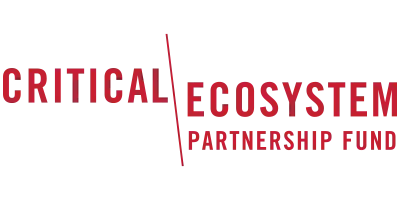
*The Critical Ecosystem Partnership Fund (CEPF) is a joint initiative of l’Agence Française de Développement, Conservation International, the European Union, the Global Environment Facility, the Government of Japan, and the World Bank. Additional funding has been provided by the MAVA Foundation. A fundamental goal is to ensure civil society is engaged in biodiversity conservation.
CEPF is more than just a funding provider. A dedicated Regional Implementation Team (RIT) (expert officers on the ground) guide funding to the most important areas and to even the smallest of organisations; building civil society capacities, improving conservation outcomes, strengthening networks and sharing best practices. In the Mediterranean Basin Biodiversity Hotspot, the RIT is entrusted to BirdLife International and its Partners: LPO (BirdLife France), DOPPS (BirdLife Slovenia) and BPSSS (BirdLife Serbia).Find out more at www.birdlife.org/cepf-med

